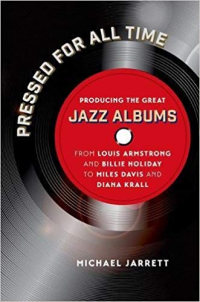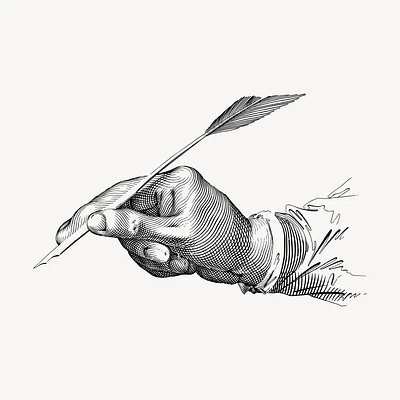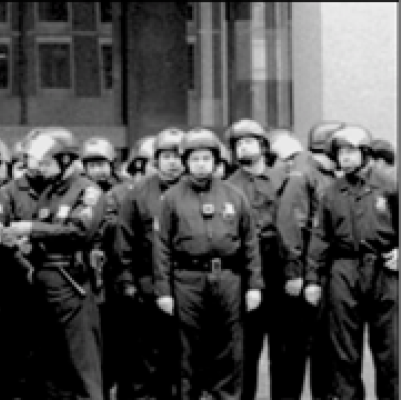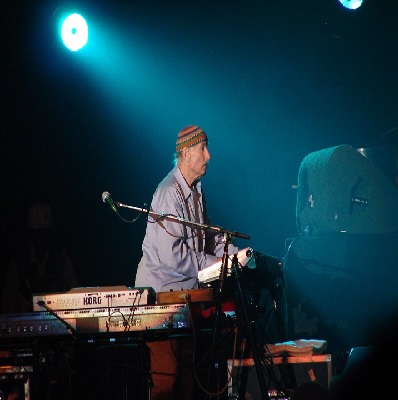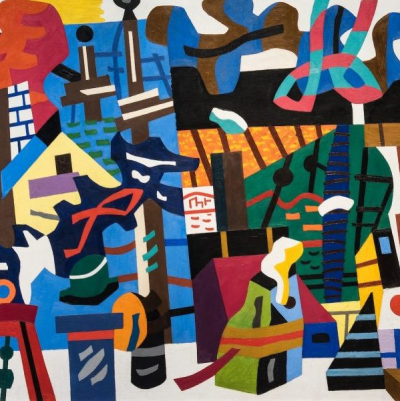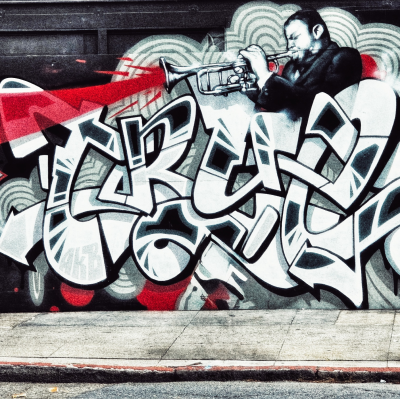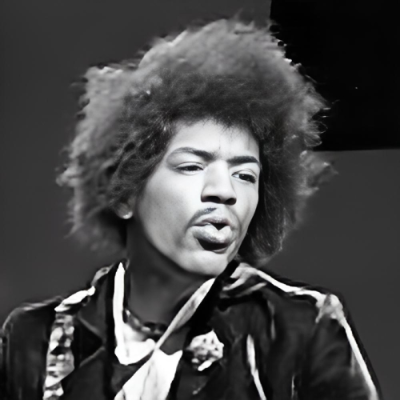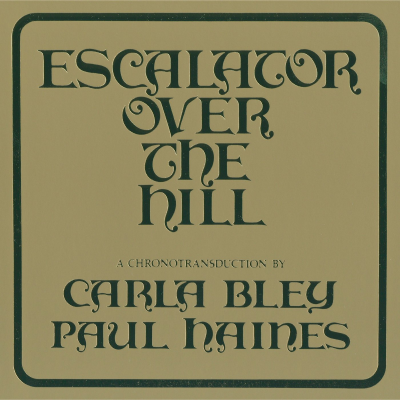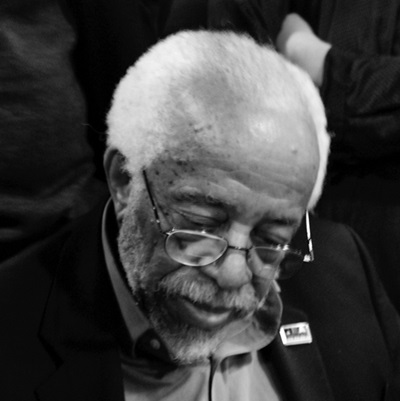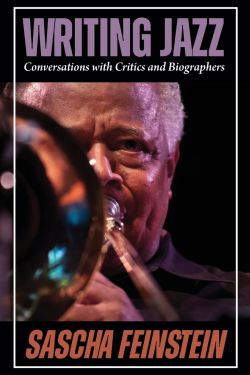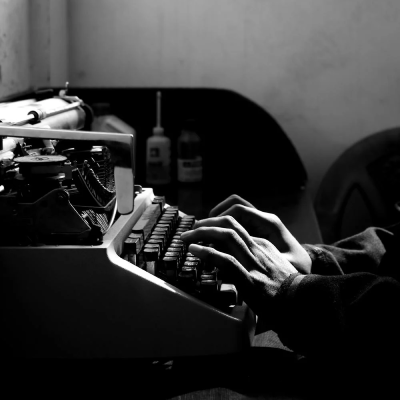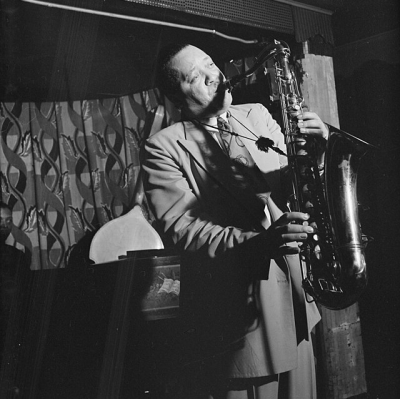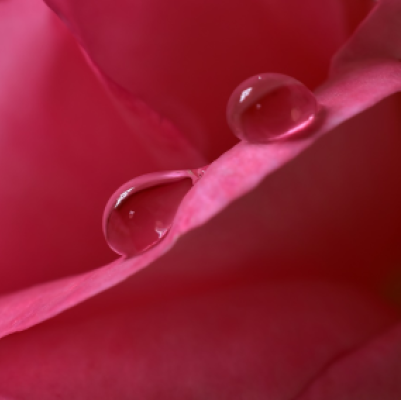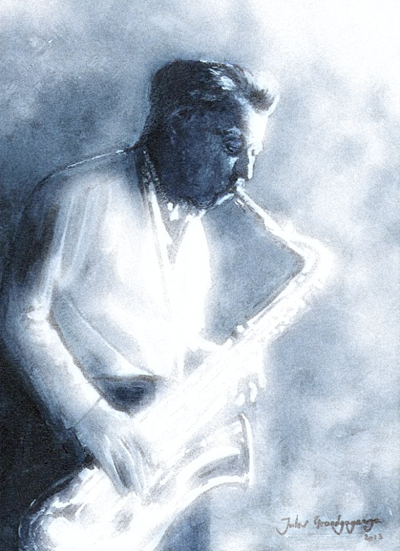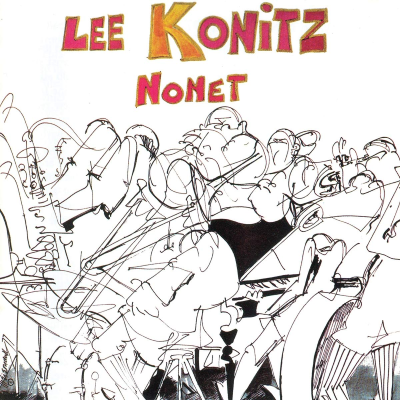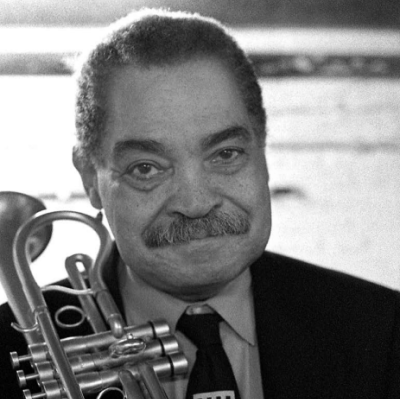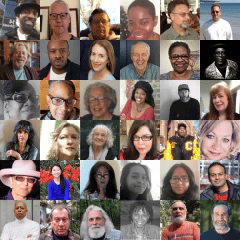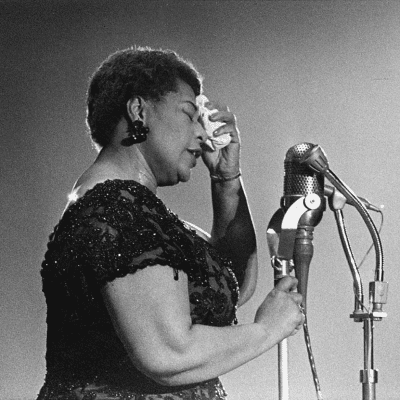.
.
…..Drawn from interviews with prominent producers, engineers, and record label executives, Michael Jarrett’s Pressed For All Time: Producing the Great Jazz Albums is filled with interesting stories behind some of jazz music’s most historic, influential, and popular recordings. In cooperation with Jarrett and University of North Carolina Press, Jerry Jazz Musician occasionally publishes a noteworthy excerpt from the book, which is now available in trade paperback.
.
.
In this edition, producers Joel Dorn and Hal Willner talk with Jarrett about how they worked together, and how Willner developed his vision, which included assembling tribute albums and events featuring a wide variety of artists and musical styles. The album he discusses is his 1981 album Amarcord Nino Rota, a tribute to Nino Rota, the Italian composer whose best-known work was as filmmaker Federico Fellini’s musical director.
.
.
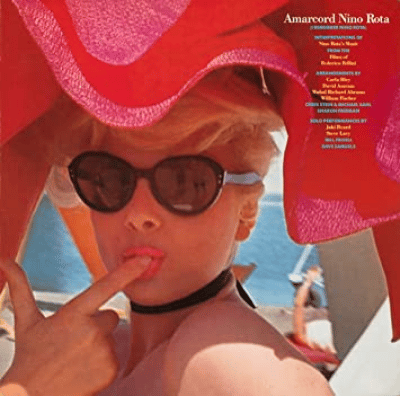
.
.
___
.
.
Joel Dorn produced jazz, rock and R&B recordings for Atlantic Records, working with artists like Roberta Flack, The Allman Brothers Band, Les McCann, Rahsaan Roland Kirk, Max Roach, Yusef Lateef, and Bette Midler. He later founded the labels 32 Jazz, Label M, and Hyena Records, and referred to himself as “The Masked Announcer.” He died in 2007.
Click here to read his Wikipedia biography.
.
.
Hal Willner trained under Joel Dorn at Atlantic, and produced albums for artists like Leon Redbone, The Neville Brothers, Marianne Faithfull, Lou Reed, Bill Frisell, and Tim Buckley. In addition to Amarcord Nino Rota, he produced many tribute albums devoted to artists and themes, including Thelonious Monk, Kurt Weill, Disney film music, Charles Mingus, Harold Arlen and Leonard Cohen. He died in 2020, during the early stages of the COVID pandemic.
Click here to read his Wikipedia biography
.
.
.
.
___
.
.
Joel Dorn
When Hal [Willner] was fourteen, I lived in a place called Lower Merion, outside of Philly. Hal lived on one corner, we lived on another. I was pushing, maybe, thirty. Hal’s father owned a delicatessen in the neighborhood. So we’d go in there. Hal was the busboy. He introduced himself and started saying, “I dug what you did on the Joe Zawinul record. I heard what you did on the Yusef – that bell underneath the subway train.”
“Who the fuck is this kid?” I kind of wrote him off. But he’d come to the house, knock on the door, and say, “I just got Yusef Lateef’s Part of the Search. Man, I dug…”
I don’t know exactly what it was. I was so far out, a little onto drugs – crazy. I was really producing records. So I didn’t get him. One day, Hal came by, and some friends of mine were over. We were sitting in the backyard, eating hamburgers, barbecue, or some such shit. Hal came by to talk about – I think it was Rahsaan or Joe Zawinul. I was getting ready to brush him off again.
One of my friends, an older cat, said, “Hey, what are you doing? Take this kid in! He’s into it. He’s you, schmuck!”
So I dug it. He became my Tonto. Like I used to bother Nesuhi [Ertegun]. Hal used to bother me. He’s a brilliant guy. Nesuhi passed me the baton; I passed it to Hal.
.
Hal Willner
When I started out, active producers didn’t stick to one kind of music. As a kid, I saw names on records, like John Hammond, Tom Wilson, Joel [Dorn], and all those. Take Tom Wilson. His name was on records by Sun Ra, Cecil Taylor, also Simon and Garfunkel, Dylan, Mothers of Invention, Velvet Underground. And Joel was on records by Rahsaan [Roland Kirk], Yusef [Lateef], the Allman Brothers, and Bette Midler. I thought producers were supervisors, responsible for how the record was, which went all the way from taking over and being hands-on to, if need be, leaving it alone. Knowing what the record was supposed to be – what you’re going after – and then making sure it’s realized, that determines how much hand-on or hands-off it will be.
At that time many, many producers couldn’t even play an F on the piano. Of course, that’s changed. Most of the guys now are glorified engineers or glorified something else. In general they’re more in charge, it seems to me. Most of the records I’ve been doing are more conceptual. I maybe do one artist a year.
[Michael Jarrett] At one point, the styles of producers were practically invisible, like the styles of Hollywood directors during the heyday of the studio system. Then styles became opaque. For example, you could pick out a Creed Taylor production. What do you think accounted for that change?
A lot of those guys formed their own labels. They heard a certain sound, a certain kind of record that they wanted to make. And they found artists who could relate to their concepts, to that sound, and followed through with it. I don’t know if John Hammond really had a sound. He sort of documented things.
When I started out, I basically wanted to be a staff producer because, to keep the analogy to films going, it seemed that it created some amazing things. When there were staff directors, things happened – people got assigned. You had Victor Fleming, who got to direct The Wizard of Oz and Gone with the Wind in the same year. It made for some incredible combinations. At the time I started, record producers were well versed. They had to be into every type of music. Generally, they were able to keep hands-off directly and still go after capturing their artist. I guess I got to see the very end of that era. It’s really unfortunate that it doesn’t still exist. We now have producers who get great drum tracks, that sort of thing. Then, you have guys whose careers are a flash in the pan. We could go on about that for hours.
I know how I found my role, and it wasn’t going to go that way. I drifted into doing my own concept things. The Joel Dorn school was an amazing thing, just incredible. You’d have Roland Kirk, Don McLean, Leon Redbone, and Little Jimmy Scott walking in the studio around the same time. Joel used to mix up these people, put Yusef on the McLean record, put Roland Kirk on the Bette Midler record, and then the other way around. And Joel’s interest in surrealism, Fellini, and Laurel and Hardy; it was an amazing school to attend. Plus, I was really lucky to catch the end of personality radio – commercial radio where you got a station playing Dylan, going into Hendrix, then into Captain Beefheart, Orson Welles radio shows, and Ornette Coleman. It all related. I wanted to make the kind of records that I wanted to hear. I started to do things like take a body of work – say, Nino Rota’s – and get interpretations from Carla Bley to Blondie. My thing grew from there.
[Michael Jarrett] On Amarcord Nino Rota, did you hook up with Jaki Byard through your work at Atlantic?
No, I didn’t. Joel had already left Atlantic. When I was gophering for him, I was a kid. I was in my early twenties. I was going to see everything, and Jaki Byard was pretty active at that time. Somehow, I pictured him doing Amarcord and La Strada. He had never heard the music, but I thought, “Wouldn’t that be interesting?” and it just so happened that ended up being amazing.
[Michael Jarrett] You’re a cinephile. Do film concepts carry over into your production work, for example, into more conventional projects like Marianne Faithfull’s Strange Weather?
It all relates. The same with listening to old radio. I developed a big collection of everything from the Mercury Theater to the Goon Show and Ernie Kovacs. I visualize music. It’s what videos ruined. I put in my own images. Joel learned about making records from paintings and from Nesuhi Ertegun and then took it to another place. I took it to my own.
Marianne Faithfull was a different thing. You’re looking at a record. Strange Weather [1987] was an extension of the track that I did with her for the Kurt Weill record [Lost in the Stars, 1985]. It used the same approach. That’s where my series ended up going. After the second record, I realized I had a series. The second record [That’s the Way I Feel Now: A Tribute to Thelonious Monk, 1984] was made because I felt Monk was slighted in all the tributed being given to him. NRBQ deserved to be in a Monk tribute more than Oscar Peterson. That’s where that came from. I’ve tried to make really cohesive records by taking wonderful bodies of work and then going through the motions.
Marianne, at that point in her life, wanted to make a record where she became an actress, played a role. Once a week, I’d go up to Boston, and we’d listen to music. Some songs came from different periods of my past, and then, talking to Marianne, songs came from her past, like “Penthouse Serenade.” The musicians used were a mixture. Bill Frisell – who had mad his recording debut on Amarcord Nino Rota – had by that point started to become very well known. I thought he would provide the right colors. And also Michael Gibbs. It was just taking things from different worlds. Bu that was recording an artist. It was very different; it wasn’t my album. The trick there was capturing Marianne where she was at, at that time in her life.
A real record is like having a great meal. From appetizers through dessert, you really feel like you’ve been through something. You’ve gained – as with reading a book. At the point I started listening to records in the late sixties, the records that did that – from Sketches of Spain to A Love Supreme to Trout Mask Replica – caught up to literature and films. Record-making became a way to make art. Somehow it has taken a step backwards. We’re back into batches of songs. Some rap artists are doing interesting things as far as albums-as-minimovies are concerned.
.
.
___
.
.
Listen to pianist Jaki Byard play “Amarcord,” from Amarcord Nino Rota
.
.
_____
.
.
From Pressed for All Time: Producing the Great Jazz Albums from Louis Armstrong and Billie Holiday to Miles Davis and Diana Krall. Copyright © 2016 by Michael Jarrett. Published by the University of North Carolina Press. Used by permission of the publisher. www.uncpress.unc.edu
.
.
___
.
.
photo by Pamela Jarrett

Most of Michael Jarrett’s writing on jazz production appeared in Pulse!, Tower Records’ magazine. His day job, however, was professor of English at Penn State University (York Campus). In addition to .Pressed for All Time, his book about jazz record production, Jarrett wrote. Drifting on a Read: Jazz as a Model for Writing; .Sound Tracks: A Musical ABC; and .Producing Country: The Inside Story of the Great Recordings. He is now retired. He and his wife live in the village of Ojochal, on the southern Pacific coast of Costa Rica.
.
.




